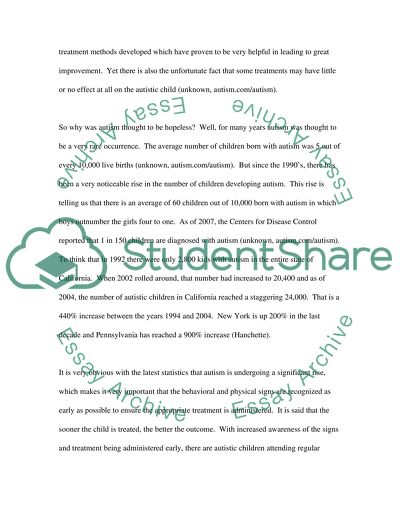Cite this document
(“The Alarming Increase of Children Diagnosed with Autism Essay”, n.d.)
The Alarming Increase of Children Diagnosed with Autism Essay. Retrieved from https://studentshare.org/miscellaneous/1500220-the-alarming-increase-of-children-diagnosed-with-autism
The Alarming Increase of Children Diagnosed with Autism Essay. Retrieved from https://studentshare.org/miscellaneous/1500220-the-alarming-increase-of-children-diagnosed-with-autism
(The Alarming Increase of Children Diagnosed With Autism Essay)
The Alarming Increase of Children Diagnosed With Autism Essay. https://studentshare.org/miscellaneous/1500220-the-alarming-increase-of-children-diagnosed-with-autism.
The Alarming Increase of Children Diagnosed With Autism Essay. https://studentshare.org/miscellaneous/1500220-the-alarming-increase-of-children-diagnosed-with-autism.
“The Alarming Increase of Children Diagnosed With Autism Essay”, n.d. https://studentshare.org/miscellaneous/1500220-the-alarming-increase-of-children-diagnosed-with-autism.


